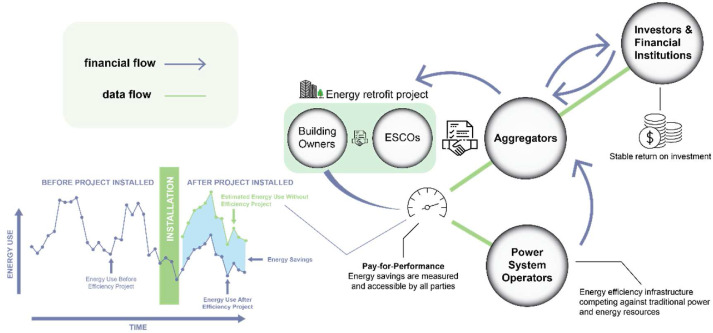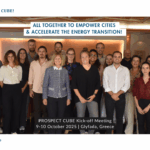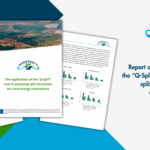The Technoeconomics of Energy Systems Laboratory (TEESlab), in collaboration with the Institute for European Energy and Climate Policy Stichtung (IEECP), the Regulatory Assistance Project (RAP) and the EC H2020 SENSEI Project published a new article in Elsevier’s “Renewable & Sustainable Energy Reviews” journal focusing on how to design and implement Pay-for-Performance programmes.
Energy efficiency offers many benefits as it can deliver both sustained reductions in energy usage by improving baseline efficiency as well as targeted peak demand reductions. However, energy efficiency faces challenges that prevent it from reaching its full beneficial potentials. For example, the economic effectiveness of energy efficiency programmes is often doubted because of the unreliability of the evaluation, measurement, and verification practices currently used. This uncertainty results in a performance gap between predictions and actual energy consumption. Thus, calculation of trustworthy savings remains a critical issue for the cost-effectiveness of energy efficiency programmes.
The new article entitled “Pioneering a performance-based future for energy efficiency: Lessons learnt from a comparative review analysis of pay-for-performance programmes” provides guidance for designing and implementing pay-for-performance schemes that reward end-users or aggregators for delivering energy savings tracked through metering and established against a business-as-usual scenario, also describing several potential obstacles and questions that utilities and regulators should consider.
In particular, key design features, performance assessment methods and payment agreement processes are summarized through a comparative review analysis that investigates eleven such programmes around the world. In addition, a set of key implications and policy recommendations is provided, which, if acted upon, could accelerate the deployment of renovation strategies and spur cost-effectiveness.
You can read and freely download the open access scientific publication here.







